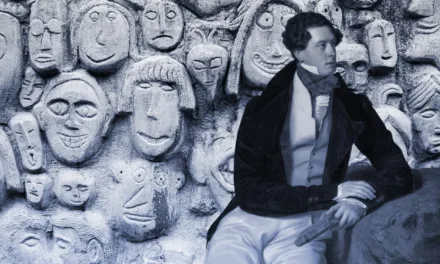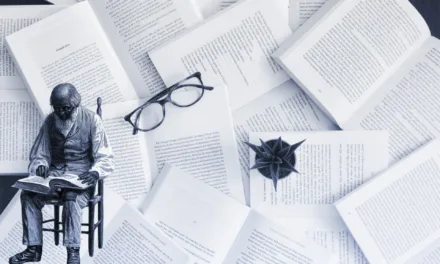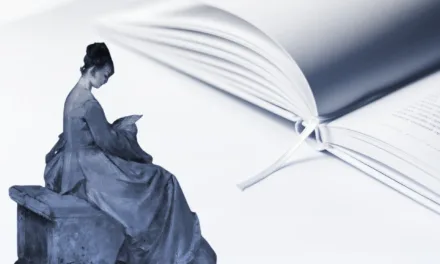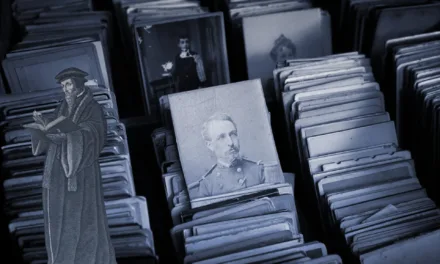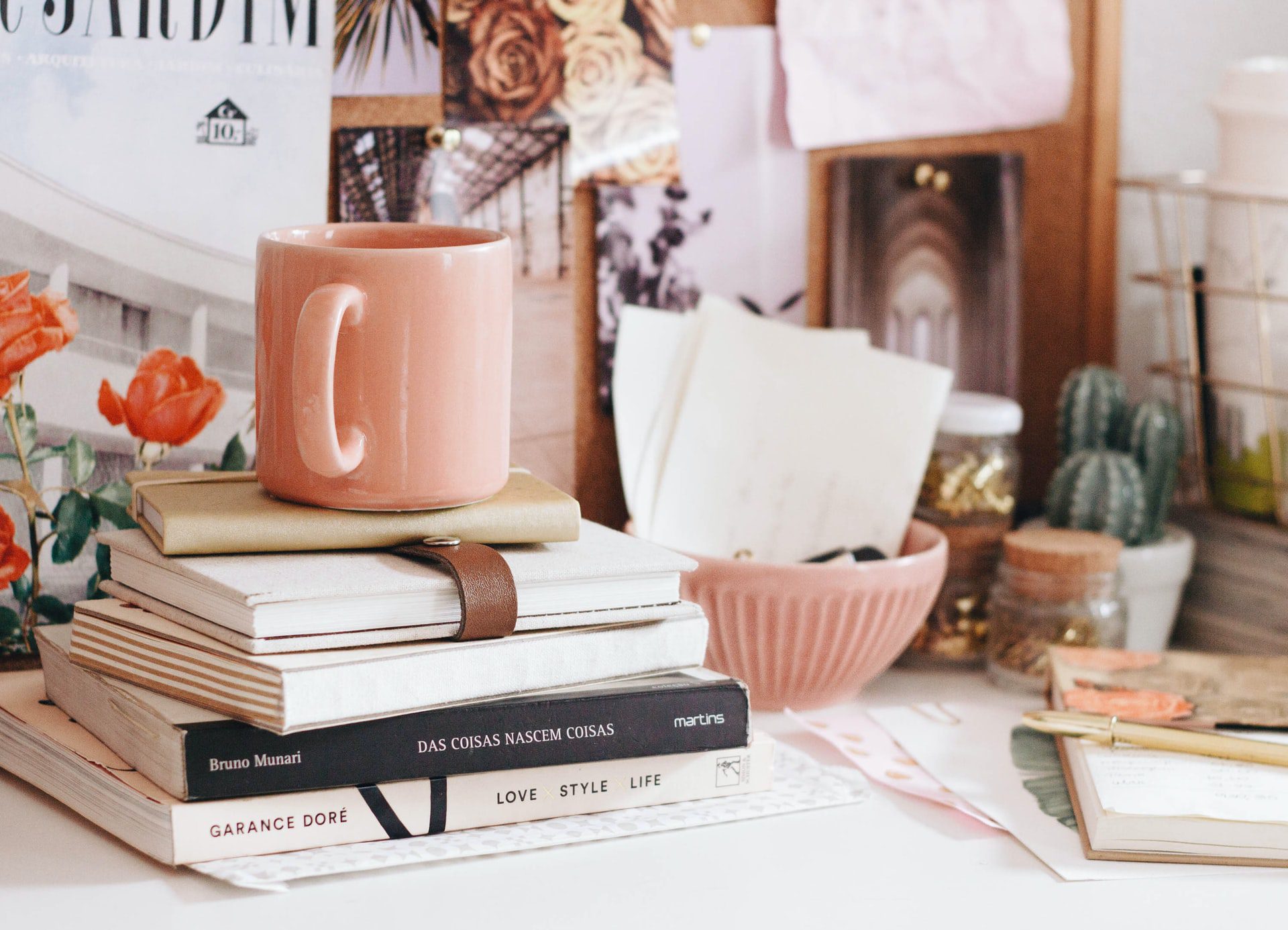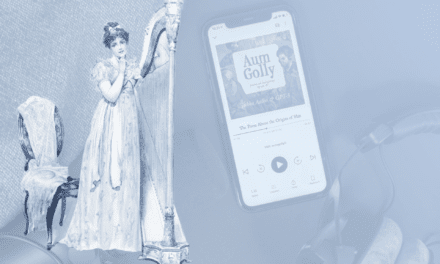
How to Source Publisher-Quality Book Cover Design as a Self-Published Author
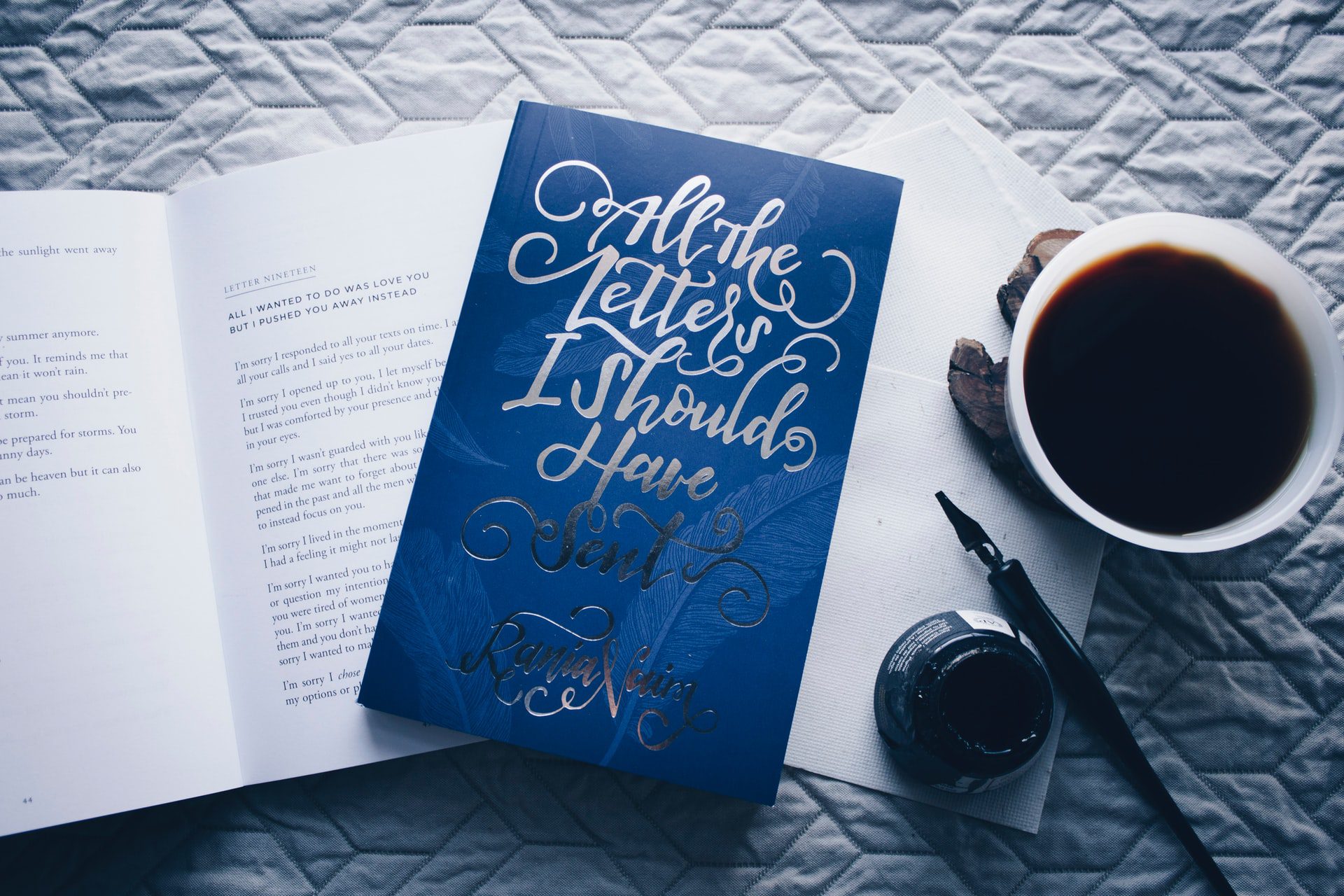
Last year I attended the London Book Fair. It was a fantastic experience where I got to mingle with other writers, meet publishers, and hear experts talk about different aspects of the publishing industry.
Knowing how important it is to source good quality book cover designs for self-published writers, I sat in on a talk from art commissioners from Big 5 publishers, Faber and Bloomsbury, to get their top tips on how to source publisher-quality book cover design for your cover art.
Connect with art schools to discover new talent
Publishers connect with art schools directly to not only discover new talent but to nurture it as well. While they have the clout to connect straight to the source, there is a lot of scope for self-published writers to explore this avenue as well.
Emerging artists who are still studying are often willing to take on commissions to expand their portfolios and give themselves an industry niche that they can exploit later in their careers. It can be a cost-effective way for authors to source original art as students don’t yet have the experience to charge the same rates as more experienced artists. There are often mutually beneficial agreements that you can reach with them that work to both your advantages.

Use Instagram to find artists who fit your vision
A fascinating thing for me to learn was that many art commissioners from the big publishing firms use Instagram to source new artists! This is an avenue that is easily accessible to everyone, so it’s one that every writer should exploit as often as they can.
If you don’t want to muddle the algorithm on your personal account, create a private Instagram account just for sourcing art. Follow artists you like and who you think could represent your book well, then let the algorithm recommend similar artists to you. Like and follow illustrators and artists who suit your book’s themes, find out if they work for commission, and if they do, reach out!
There are so many artists out there, so as long as you do your research and are willing to pay them, you’ll find someone for almost every budget, genre, and style.

Use an agency to find an artist
Did you know that just like literary agents, there are agents for illustrators too? These agencies have done the hard work of finding the artists and will be able to share portfolios of illustrators who have worked on book cover design in the past and have a guaranteed level of professionalism.
This might not be the cheapest route, as an agented illustrator will have a baseline level of remuneration they’ll expect based on their professional level, but it’s certainly an avenue that exists for self-published authors willing to pay to remove the drama of having to source quality artists themselves.
There are also professional bodies like The Association of Illustrators who can help point you in the right direction for the right agencies or artists for you.

Top tips to making sure you’ll get quality book cover design
To give you the best chance of finding quality illustrators and artists for your cover art, these are the top tips from the publishers I spoke with:
- Find artists who have worked on commission before. Make sure they show evidence of problem-solving, and that their portfolio gives a clean and clear idea of their style.
- When in discussion with an artist or illustrator, make sure you can describe what you’re looking for in 5-10 words. This gives your designer a clear idea of what you want for your book cover design and ensures they’ll be working to a clear brief. If you can describe your work succinctly, then they’ll be able to design a memorable cover that reflects exactly that, and nothing else.
- Look for illustrators who suit your themes. You might really love an artist’s work, but if they specialise in subdued, soft lines and specialise in fantasy art, they’re probably not the right designer for your romance or horror cover.
- Do not ask for custom samples without being willing to pay a fee. Never ask an artist to work for free. You can get a sense of their style from a portfolio, but if you want to see tailored work samples, you must be willing to pay them – you will attract better-quality designers.
- Always work with a contract. This is essential for both parties to ensure you both know what is expected from the other. It alleviates the likelihood any nasty surprises and keeps both parties protected from things like intellectual property theft or copyright infringement. Besides, if an illustrator isn’t willing to work with a contract, that’s usually a red flag that they’re someone you don’t want to work with. It’s worth it for that reason alone.


